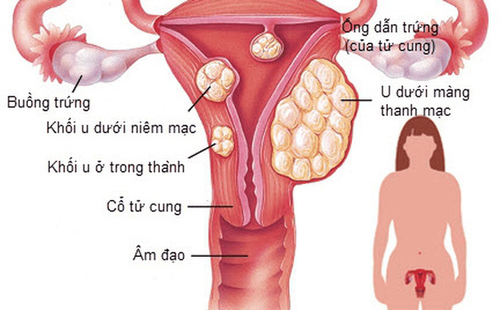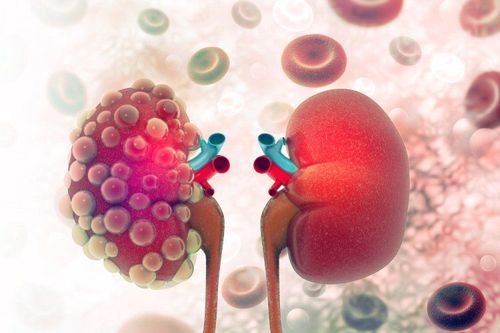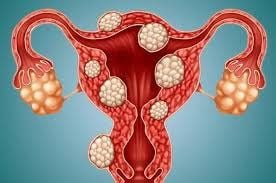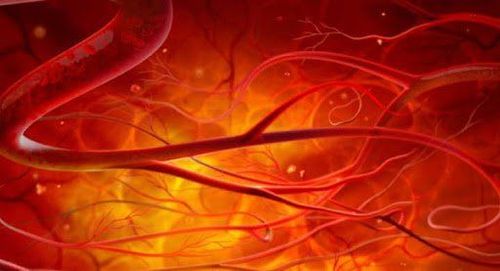This is an automatically translated article.
This article is professionally consulted by Master, Resident Doctor Tran Duc Tuan - Department of Diagnostic Imaging - Vinmec Central Park International General Hospital. The doctor has many years of experience in the field of imaging and interventional internal and external blood vessels.1. Treatment of embolization pump directly through the skin
Direct percutaneous embolization and embolization is an interventional method to treat malformations of the peripheral venous system, which may or may not be combined with traditional embolization methods.This method is performed by inserting a needle into the peripheral vascular malformation, assessing the hemodynamic status of the lesion by angiography with iodine contrast and finally injecting drugs or embolizing materials to meet treatment requirements.
2. When should the direct embolization pump be treated?
Pathologies that should be indicated for this method include:Arteriovenous malformations, venous malformations, hemangiomas.
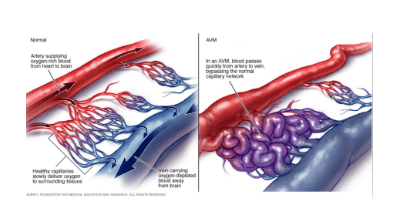
3. Contraindications to the treatment of embolization pumps directly through the skin
The area of skin requiring embolization is inflamed, infected, or necrotic in the surrounding skin or soft tissue. Allergy to contrast medium (iodine). Patients with uncontrolled coagulopathy (INR>1.5 or platelets less than 50,000/mm3) Pregnant women or patients with renal failure.4. Preparation before percutaneous embolization
Prepare means and tools Prepare all necessary medical equipment, tools and supplies for the treatment of embolismPrepare materials that cause embolism Bio foam (gelfoam...) causing fiber (Thromboject...) Metallic spiral (Coil) Bio-glue (Histoacryl, Onyx...) Absolute alcohol. Patient preparation The patient and his/her relatives were clearly explained about the process of percutaneous embolization as well as possible complications and complications, and signed a commitment to the procedure. You need to fast for at least 6 hours before the intervention. Monitor vital signs such as pulse, blood pressure, temperature, and adequate breathing before performing embolization. In some cases, patients are agitated and uncooperative, and need to be sedated and fully pre-anesthetic.

5. Procedure for treatment of embolism pump directly through the skin
Open the way into the vessel The patient needs to be disinfected and anesthetized the site of vascular injury. Use a needle of suitable size to poke directly into the vascular lesion or through the guidance of DSA ultrasound. Assessment of lesions Connecting the needle to the connecting wire and injecting iodinated contrast agent into the lesion site Conducting digital angiography with background erasure to assess the hemodynamic status of the vascular system in the lesion and vessels neighboring blood. Intervention to cause embolism Depending on each case, based on the morphological characteristics as well as the hemodynamic status of the peripheral vascular system inside the lesion, the treating doctor will choose a material to cause embolism such as a spiral. metal, bio-glue or bio-foam... Then proceed to put embolized material into the lesion to block the vessel.If the material to treat the embolization directly through the skin is liquid (bioadhesive) associated with high-flow vascular lesions, the garo should be applied at the proximal extremity of the lesion.
Evaluation after treatment of embolism Conduct angiography to check the circulation of blood vessels in the lesion after embolization. Withdraw the puncture needle and compression bandage correctly. Counseling and explaining results to family members and patients if required.

6. Assess the results after the treatment of embolization pump directly through the skin
The result is considered successful when the entire vascular system inside the lesion is completely removed from the circulation, there is no vascular signal inside the lesion. Meanwhile, the arteries and veins supplying blood to the surrounding injured area are still functioning normally.7. Complications of percutaneous embolization treatment
Embolism of the distal extremities (extremities): When using embolization material which is a metal coil (Coil), if the blood flow through the lesion is large and strong, it may push these coils to the distal extremity. and inadvertently cause embolism here. Depending on the severity, the treatment methods will vary, most just need medical treatment. Necrosis due to ischemia: Complication occurs due to local embolism leading to lack of blood supply to surrounding tissues, usually when the embolization material is bio-glue or absolute alcohol (Ethanol). Treat with topical care combined with medication. It is necessary to consult a dermatologist if the necrotic tissue begins to spread, if there is a large abscess. Bleeding or hematoma at the needle puncture site Allergy to iodine contrast Vinmec International General Hospital is a high quality medical facility in Vietnam with a team of highly qualified and trained medical professionals methodical, domestic and foreign expertise, rich experience.A system of modern and advanced medical equipment, possessing many of the best machines in the world, helping to detect many difficult and dangerous diseases in a short time, supporting the diagnosis and treatment of doctors the most effective. The hospital space is designed according to 5-star hotel standards, giving patients comfort, friendliness and peace of mind.
Please dial HOTLINE for more information or register for an appointment HERE. Download MyVinmec app to make appointments faster and to manage your bookings easily.





